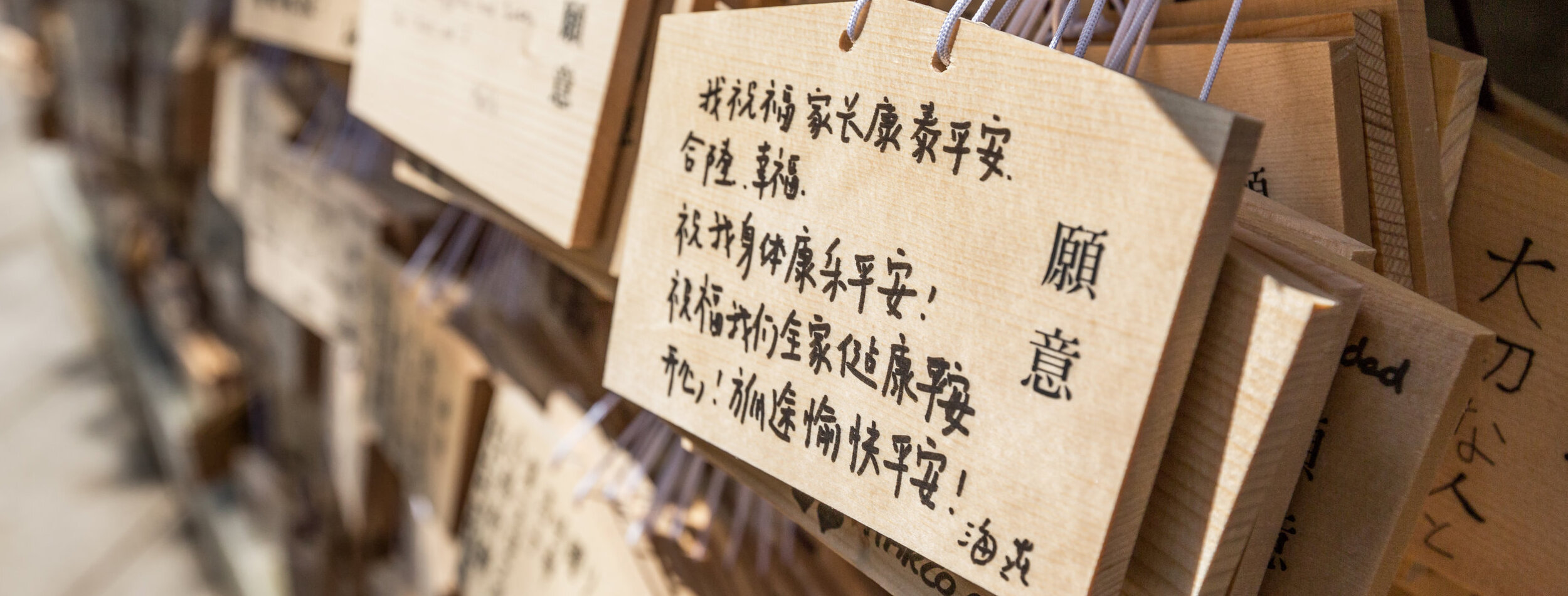The Dialects in Japan

Dialect is defined as a particular form of a language that is peculiar to a specific region or social group. There are dozens of dialects spoken in Japan. A reason for this is because of the mountainous island terrain. It is also due to Japan’s long history of isolation. Yet partly because of television, Standard Japanese has been dominant all over the country. Young generations typically speak a mixed language of standard and local dialects.
When Kyoto was Japan’s political and cultural center, educated people all around the country considered its language the model for Japan. Yet from the 1600s on, the Tokugawa shoguns ruled the country from Edo (present-day Tokyo). Because of this, Edo Japanese became the model. When the government fell in 1868, Edo was renamed Tokyo. The Emperor and his court moved to Tokyo from Kyoto. Like Edo before it, Tokyo became the language model for the rest of the country. Its language became the base for today’s standard Japanese.
Dialect Explanations
Dialects are usually different in pitch, accent, vocabulary, and in some cases pronunciation. Some dialects even vary in vowel and consonant inventories (although this is uncommon).
In Japan, dialects are usually called –ben. An example of this is “Osaka-ben”, which means “Osaka speech.” Sometimes they are called -kotoba. An example of this would be “Edo-kotoba”, which means “Edo language”. The third commonly used name for dialects is -namari. An example of this is “Tōhoku-namari” which means “Tōhoku accent.”
Eastern and Western Differences
From the northern island of Hokkaido to the southern islands of Okinawa, Japan has many regional dialects. They can be sorted into the Eastern and Western dialects. While the Easterners say “yano-assatte” (the day after tomorrow), “shoppai” (salty) and “-nai” (not), the Westerners use “shi-asatte,” “karai” and “-n” or “-nu.” The consonants are more emphasized in the East. In the West, the vowels are more carefully pronounced.
The dialects of Hokkaido, Tohoku, Kanto and the eastern part of Chubu are the Eastern Dialects. The Western dialects consist of those in the western part of Chubu, Kansai (including Osaka, Kyoto and Kobe Cities), Chugoku, Shikoku, Kyushu and Okinawa.
Lesser-known Dialects
To other dialect speakers, geographically separated dialects such as Tohoku-ben and Tsushima-ben may not be understandable. The dialect used in Kagoshima in southern Kyushu is notorious for being incoherent not only to speakers of standard Japanese but also to speakers of nearby dialects in northern Kyushu.
There is an agreement between linguists that the speech varieties of the Ryukyu Islands (the islands of Okinawa Prefecture and some of the islands of Kagoshima Prefecture) form a separate branch of the Japonic family known as the Ryukyuan languages. Some Ryukyuan varieties keep some features of ancient Japanese that have been lost on the mainland.
